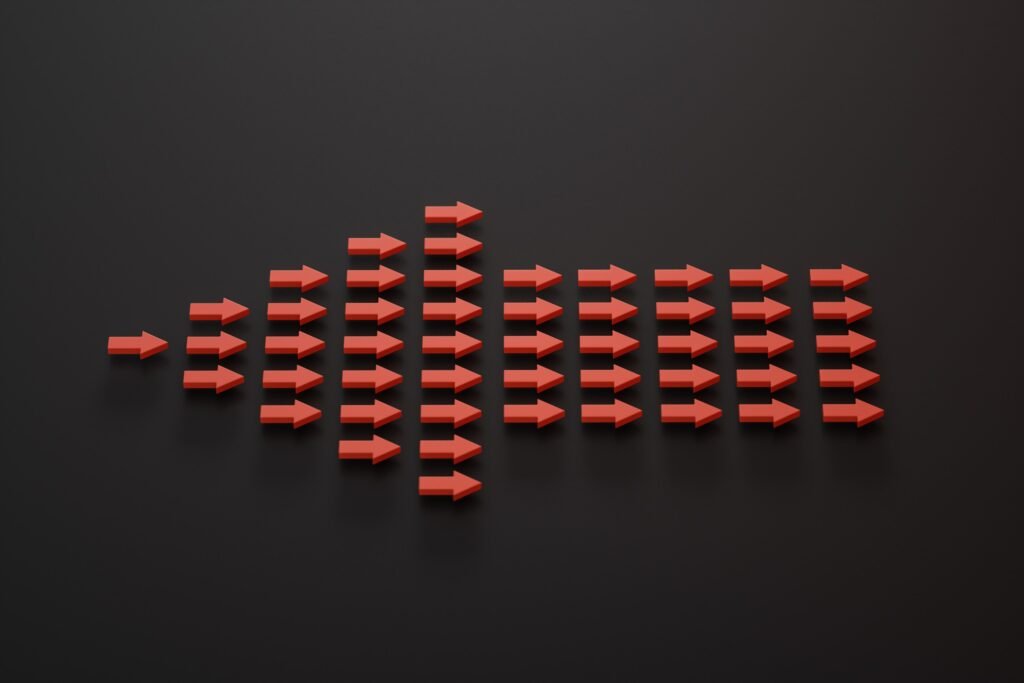
In school education, backward counting, the practice of counting down from a higher number to a lower number, is a fundamental skill in early mathematical education. The introduction to backward counting serves as a gateway to instilling a strong numerical sense and fostering a love for mathematical exploration in young minds.
Backward counting holds significant power and purpose across various facets of life. It serves as an essential tool in teaching arithmetic, enhances memory, focus and mental agility, and it acts as an excellent time management tool guiding individuals to manage tasks within specified duration or countdowns for events.
Benefits of Backward counting
- Developmental milestone – For young minds, learning to count backwards is a developmental milestone.
- Mindfulness and relaxation technique – Counting down from 20 or 50 helps calm the mind and reduce anxiety by redirecting focus away from stressors.
- Practical application – It is commonly employed in everyday life in various fields, from sports to time management. Counting backwards from deadlines allows for better time allocation and task prioritization.
Teaching backward counting can be tricky, but educators can make it engaging by exploring it through fun activities. Backward counting can be introduced by various teaching strategies, ensuring the children not only grasp the concept but also appreciate its practical significance in various aspects.
Strategies for Backward counting.
Visual Aids
Visual aids like number lines, flashcards, and charts demonstrate the sequence and show the decrease from 100 to 1.
Interactive Games
Games like puzzles, hide and seek, and hopscotch by marking numbers on the floor and asking children to jump to the smaller number, and musical chair count down, etc., make learning fun. The educators can make it more engaging by incorporating a theme, such as a rocket launch, where the countdown leads to “blast off” at zero. It is a playful way to teach numbers and create anticipation for the final moment.
Chunking Numbers
Break down the sequence into smaller chunks like 100-90 or 80-90, etc.
Practice and Repetition
Encouraging regular practice to reinforce the concept by offering worksheets or exercises.
Real-life Application
Showing how backward counting is used in practical scenarios like countdowns, keeping track of time, etc.
These activities make backward counting entertaining and help reinforce numerical concepts.
Conclusion
Embracing backward counting as an educational practice enriches learning experiences, empowering children to navigate mathematical concepts confidently while enjoying the process. Counting backwards from 100 transcends its apparent simplicity. Beyond being a number exercise, it offers a multitude of cognitive, psychological and symbolic implications.
For more enriching educational resources and insights, delve further into Chrysalis High.
FAQ
Why is backward counting important for early childhood development?
Explore the cognitive benefits and developmental significance of introducing children to the concept of counting in reverse.
At what age should children start learning backwards counting, and how can parents facilitate this process?
Gain insights into when and how to introduce backward counting to children, along with practical tips for parents to make the learning experience enjoyable.
What are some creative and engaging activities to teach backwards counting to young children?
Discover fun and interactive ways to incorporate backward counting into daily activities, making it a playful and educational experience for kids.
How does backward counting contribute to mathematical skills and overall academic success?
Understand the correlation between mastering backward counting and the development of foundational mathematical skills that are crucial for academic achievement.


